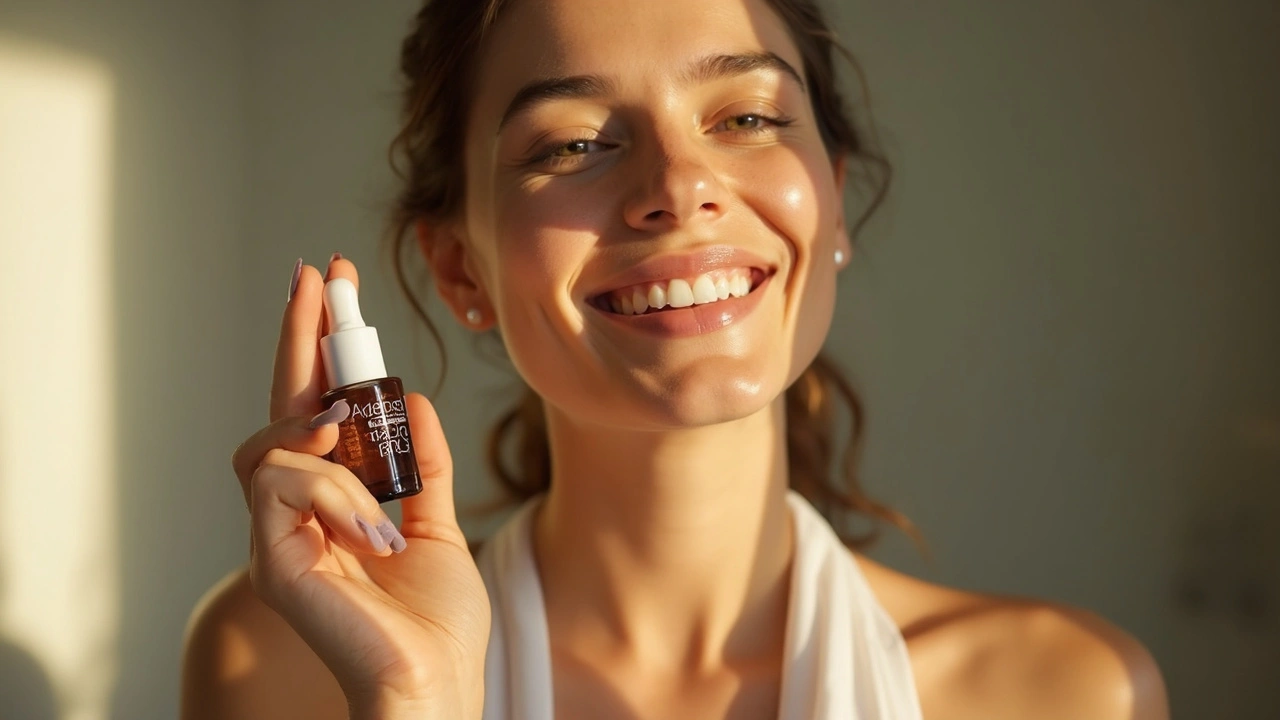Redness Relief: Simple Ways to Calm Irritated Skin
Got a patch of red skin that just won’t quit? You’re not alone. Redness can pop up from a sunburn, an allergic reaction, or even plain old irritation from shaving. The good news is you can often dial it down at home without a trip to the pharmacy. Below are easy steps you can try right now.
Find the Root Cause
Before you slather on anything, think about what started the redness. Did you try a new laundry detergent? Did you spend extra time in the sun? Sometimes the trigger is a tiny thing that your skin is overreacting to. Identifying the cause helps you avoid repeating the mistake and stops the cycle of flare‑ups.
If you can’t pinpoint a trigger, keep a short diary for a week. Note what you eat, any new products you use, and how long the redness lasts. Patterns often jump out, and that info can be useful if you need to talk to a doctor later.
Home Remedies That Work
Cool water is your first line of defense. Rinse the red area with lukewarm water for a minute, then pat dry. Cold compresses (a clean cloth soaked in cold water) for 10‑15 minutes can shrink blood vessels and calm the heat.
Oatmeal baths are another classic. Mix a cup of plain, finely ground oatmeal in a warm bath and soak for 15 minutes. The soothing fibers reduce itching and swelling without any chemicals.
Aloe vera gel straight from the plant (or a pure, additive‑free gel) is great for sunburn or minor irritation. It adds moisture and contains natural anti‑inflammatory compounds.
If the skin feels oily or you suspect a mild acne flare, a dab of over‑the‑counter hydrocortisone cream (1%) can calm the redness. Use it sparingly—no more than a few days—because long‑term use can thin the skin.
For allergic reactions that aren’t severe, an antihistamine tablet (like loratadine) taken as directed can help the whole body calm down. Always read the label and don’t exceed the recommended dose.
Stay hydrated and eat foods rich in omega‑3 fats—think salmon, walnuts, or flaxseeds. These nutrients naturally lower inflammation, which can translate to less skin redness over time.
Finally, protect the area from further irritation. Wear loose, breathable fabrics, avoid hot showers, and skip harsh scrubs until the skin is back to normal.
If redness lasts more than a few days, spreads, or comes with pain, fever, or oozing, it’s time to see a healthcare professional. Persistent redness could be a sign of infection, eczema, or rosacea that needs prescription treatment.
Bottom line: most redness is manageable with simple, affordable steps. Spot the trigger, cool the skin, use gentle soothing agents, and keep an eye on how it heals. When in doubt, a quick chat with a pharmacist or doctor can keep things on track.
Azelaic Acid for Seborrheic Dermatitis: Real Results, Real Relief
- 22.06.2025
- Posted in Health
- 18 Comments

Discover how azelaic acid calms seborrheic dermatitis. Learn tips, application, benefits, and real advice on managing flare-ups for healthier, happier skin.

